June 15, 2025 | 00:56 GMT +7
June 15, 2025 | 00:56 GMT +7
Hotline: 0913.378.918
June 15, 2025 | 00:56 GMT +7
Hotline: 0913.378.918
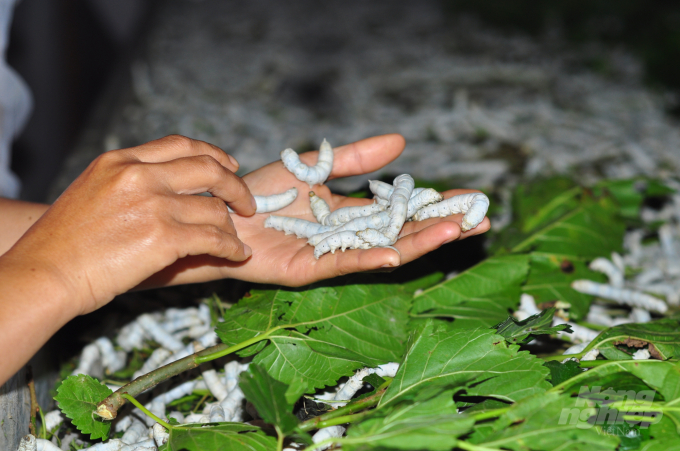
It is necessary to focus on research and hybridisation of new high-yield silkworm generation to meet the domestic demands. Ảnh: Minh Hậu.
Silkworm breeding and mulberry growing are traditional agricultural occupations in Vietnam, bringing a good income for local farmers.
They thrived in the past but due to the impact of many factors, the production has gone down since 2000s, according to the Department of Livestock Husbandry under the Ministry of Agriculture and Rural Development.
A survey by the department shows that, in 2018, the mulberry tree area increased sharply again and reached over 10,000 hectares (up 26 per cent compared to 2017).
By 2019, the area continued to increase to 11,800 hectares (an increase of 13 per cent) compared to 2018.
In terms of cocoon output, the whole country produced 8,295 tonnes of cocoons of all kinds in 2018, up 12.8 per cent compared to 2017.
Cocoon output in 2019 was about 11,855 tonnes, up 42.9 per cent over the previous year, of which, cocoon production in the central highland region accounted for over 85 per cent, the highest rate in the country.
According to the department, there are presently 32 provinces planting mulberry and breeding silkworms with a total area of about 10,500 hectares. The central highland region accounts for nearly 73 per cent of the total.
Farmers every year can harvest an average of about 35-40 tonnes of mulberry leaves per ha. Thanks to the application of high technology, silk production of Vietnam has been listed in the world’s top 5 countries behind China, India, Uzbekistan, and Thailand.
At the forum on Silkworm Breeding Sustainable Development for Export, currently held in Lâm Đồng province, the representatives of agencies and departments agreed that silkworm breeding in the country has potentials to further develop due to the increasing market demands.
However, the country’s mulberry planting is now facing challenges in production due to a shortage of quality breeding sources. It is now depending much on the imported varieties from China thus production is interrupted or threatened to be delayed for some time.
Dr Lê Quang Tú, Vice Chairman of Vietnam Mulberry Association, said that the current demands for silkworm breed nationwide are about 0.5-0.6 million boxes of silkworm eggs each year.
The quality of the breeds is not guaranteed while the old technology use causes the low quality of the cocoon.
Deputy director of National Agricultural Promotion Centre Hà Thúy Hạnh also said that silkworm breed was a big challenge.
In the context of Covid-19 pandemic, the import of breed is even more difficult, so farmers suffered much more losses.
In order to develop the mulberry planting and silkworm breeding sustainably, it is necessary to increase production in the chain system to link all stages together and towards export, according to experts.
Along with that, ministries and central branches should set up plans to import silkworm eggs through official channels from China to actively promote the production.
The plan should also focus on researching new mulberry and silkworm breeds with high yield and good quality silkworms which are well adapted to weather in Vietnam at the same time encourage more scientific research on the preservation of current domestic silkworm varieties.
It is also essential to invest in modernising technology in silk production.
Domestic silkworm breeds research and production units have strengthened cooperation with Chinese, US, South Korean and Japanese partners in the application of the advanced technology in and developing genetic breeding materials fostering to improve productivity and quality of domestic cocoon and silkworm varieties.
(Author: Minh Hậu, Translated by Tố Như. Edited by Đức Huy)
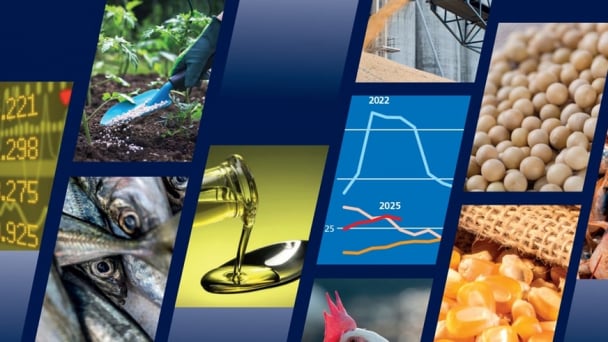
(VAN) Noting risks, report examines impacts of avian influenza, changing trade patterns since 2022, fish fraud, and shipping industry’s net-zero goals.
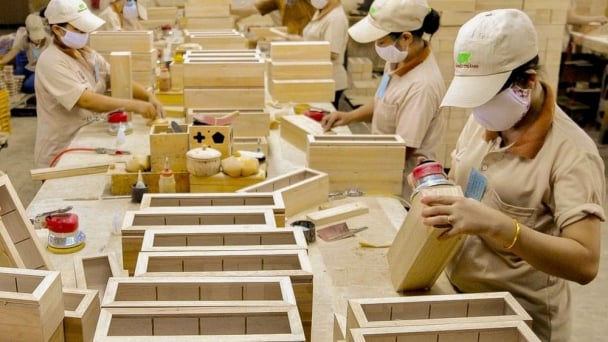
(VAN) Mr. Tran Quang Bao, General Director of the Forestry and Forest Protection Department, met and worked with the International Wood Products Association to promote cooperation in the field of timber trade.

(VAN) China's outbound shipments of rare earths in May jumped 23% on the month to their highest in a year, though Beijing's export curbs on some of the critical minerals halted some overseas sales.

(VAN) To sustain capital flow, administrative reform alone is not enough; what farmers truly need is an ecosystem where both government and businesses grow together in support.
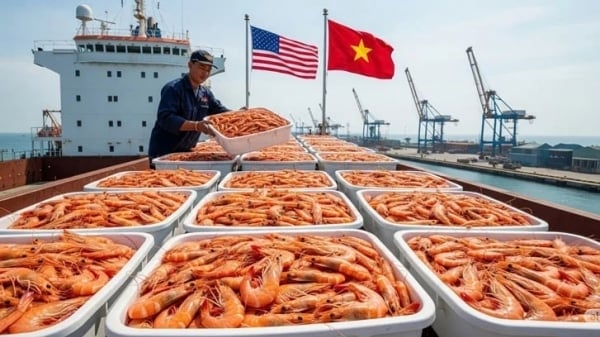
(VAN) Vietnam and the United States are proactively working together, each in their own way, to ensure that every container of agricultural goods carries not just products, but also long-term trust and value.
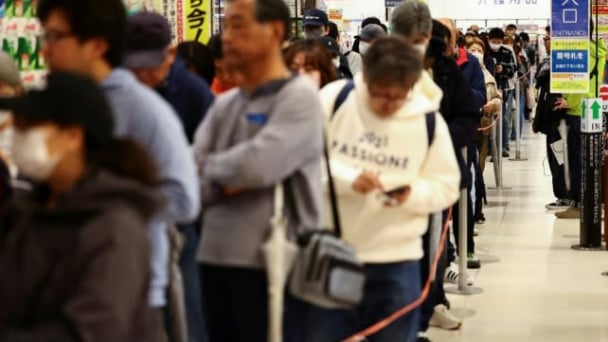
(VAN) Stores have started selling rice from the government’s stockpile to feed demand for the staple.

(VAN) Omaha Steaks CEO says rebuilding cattle herds will take about a year to ease price pressures.